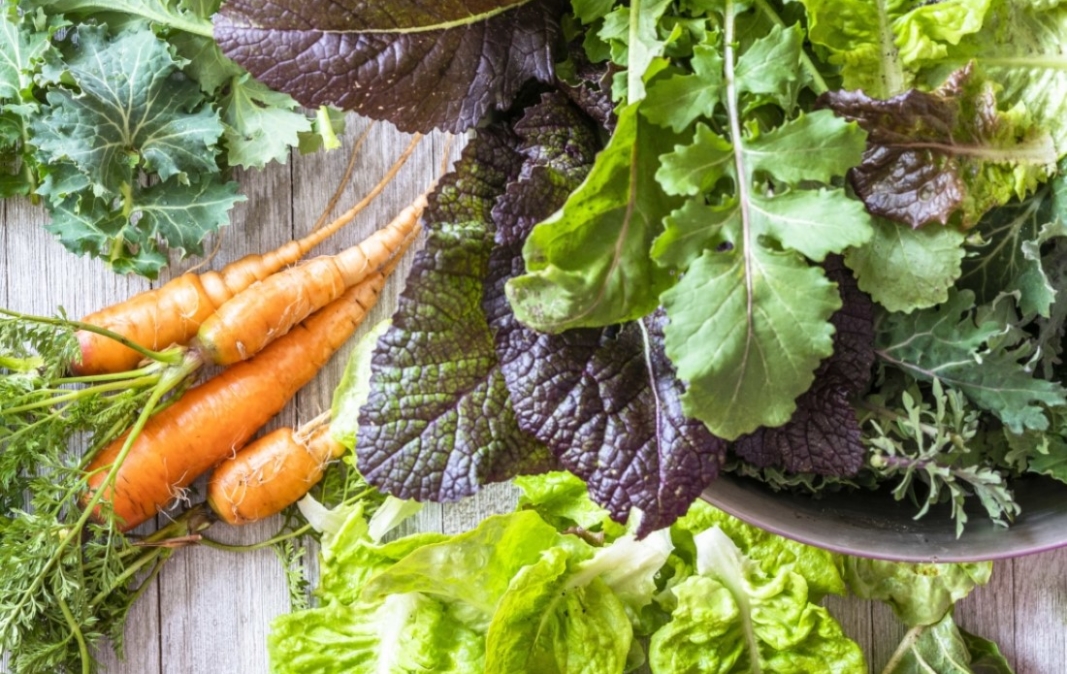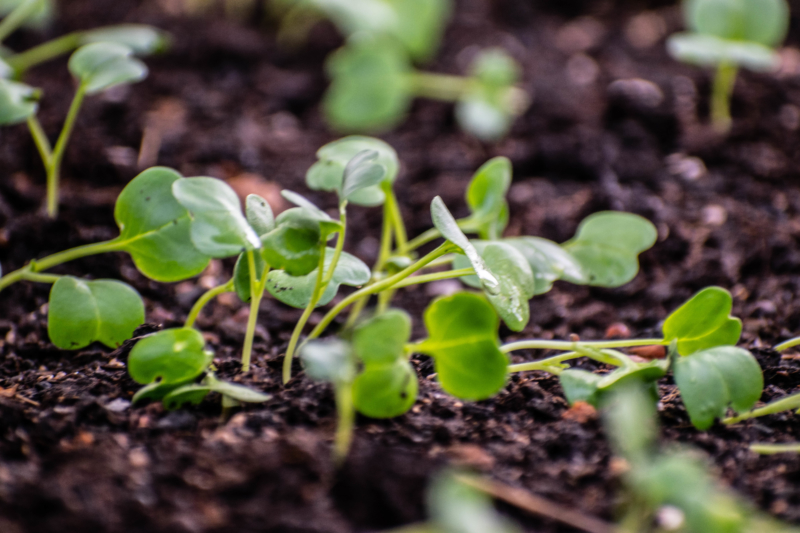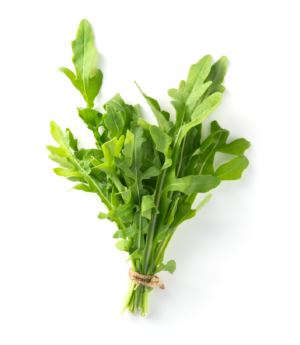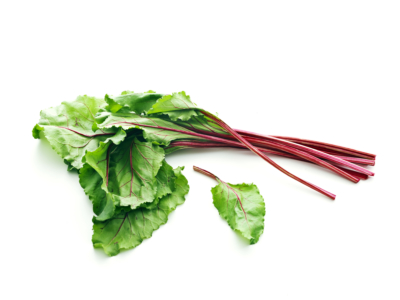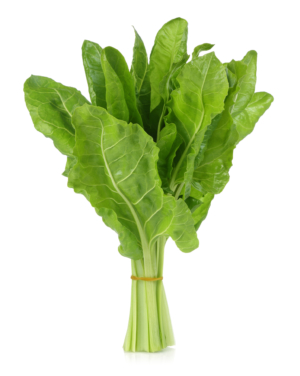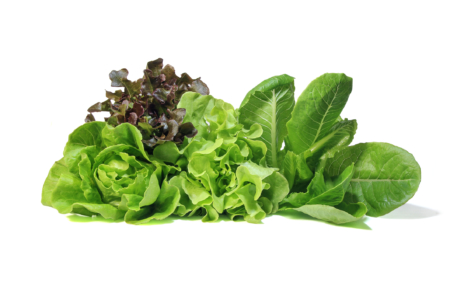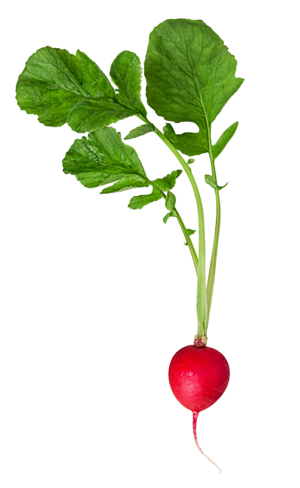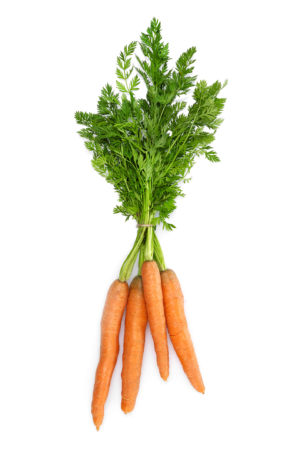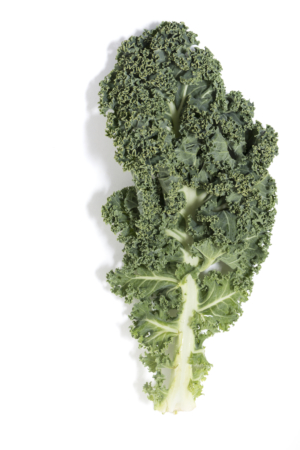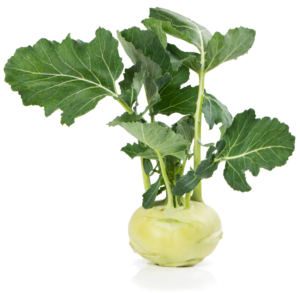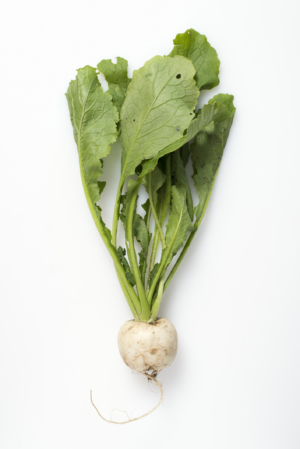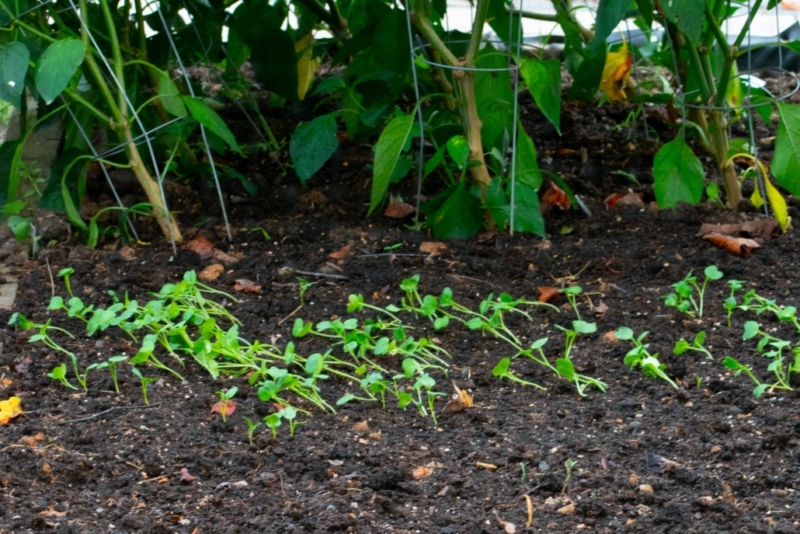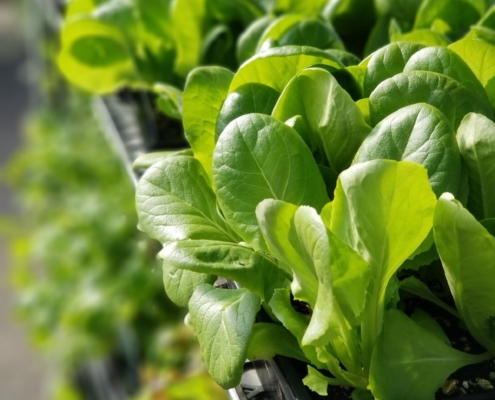Fast Growing Veggies to Plant Now
This post was originally published on September 4, 2019.
Our summer vegetable gardens are winding down for the season, and the cool weather coming right around the corner makes this the perfect time for refreshing our garden beds with cool season fall crops. Plant them now and they will bless you with a veritable cornucopia to share with friends and family for Thanksgiving and the holidays.
Plant Selection
Many of the same crops which we plant and harvest in early spring – many leafy greens and root vegetables, for example – are great candidates for fall gardens. Some of these plants grow quickly, and can be started direct from seed in your garden beds in mid August or early September. Others need to be purchased from the garden center as plants, to have enough time to harvest before the hard frosts arrive. Pay very close attention to the “Days to harvest” information listed on the label since that can help you determine whether to plant from seed or transplants. For example, growing certain kinds of cauliflower from seed can take 130 days, but by transplanting you can reduce the time to harvest to as few as 55 days. If you know your first frost date then you can determine whether to start with seeds or plants. Here in Northern Virginia our first risk of frost starts on October 23rd.
Arugula
Is there anything better than fresh arugula on pizza or mixed into a salad? For lovers of arugula, fall is a wonderful time to plant. Arugula will fully mature in 45 to 60 days. Make sure to harvest the plant before blooms form, unless you like extra bitter arugula. Sow arugula seeds and cover with a light dusting of organic material. After plants germinate you can thin them out, giving them one or two inches of space between plants. Repeat sowing every 2-3 weeks for continuous harvest.
Beet Greens
While beet roots require 50 to 80 days to reach harvest size, the greens can be ready from seed in as little as 35 days. Beet seeds should be sown to ½ inch depth by covering with peat moss, potting soil, or earthworm castings. Successive sowing at 3 week intervals can yield continuous beet harvest through the season. After seeds germinate make sure to thin the rows and give two inch spacing between each plant.
Pro-tip: To extend the growing season, beet roots and other root vegetables can be protected with row covers or by mulching over roots when freezing temperatures arrive.
Chard
Chard is a nutritious and versatile vegetable crop that holds up well to cooking. For most vegetable gardeners, chard is a staple in early spring and fall gardening but can sometimes stand up to the heat of summer. Sow chard and cover with ½ to 1 inch of organic matter such as earthworm castings or peat moss. After the plants become three inches tall thin them out and leave 6 inches of space or more between plants. Harvest when the plants have reached 12-14 inches. The larger the chard is when you harvest, the less intense the flavor will be. As with most other greens, chard can be sown successively at 2 week intervals to ensure season-long harvest.
Loose Leaf Lettuce
Growing from seed to harvest in less than 50 days, loose leaf lettuces are among the easiest, fastest, and most rewarding of all cool-season vegetable crops. Lettuce can be planted in rows or broadly over an open area. For most varieties plant ½ to 1 inch apart and seed successively over the course of the season. Cover the seeds with ¼ to ½ inch of peat moss, potting mix, or earthworm castings. Harvest and enjoy.
Note: Remember when planning your garden that varieties of lettuce that make “heads” will take longer to develop. For example, Romaine lettuce matures in 75-80 days.
Radishes
Radishes germinate very quickly (usually less than a week) and are ready to harvest from seed after 30 days. Sow radish seeds with ½ inch of peat moss, potting soil, or earthworm castings on top for good germination. Seeds can be sown successively every two weeks to ensure a constant harvest. Thin out the plants after germination and allow two inch spacing between plants. Harvest radishes when they are over one inch in diameter, but don’t wait too long as they will become pithy if left in the ground.
Fastest Growing from Transplant (50 days to harvest)
Carrots
If you are starting from seed, sow your carrots two or three months before the first hard frost. Carrots grown from seed are ready to harvest in about 70 days. Carrots need deep, loose soil to form correctly, so make sure to till your garden again if you want to grow some carrots. Sow carrots with 1/2 inch of peat moss, earthworm castings, or potting soil. When the carrot tops are over three inches high thin the carrots to allow for two inches of spacing between plants.
Kale
Kale is considered a superfood by many nutritionists and makes a delicious addition to fall stews and soups. Kale will take 55 days to reach harvest size from transplant or 80 days from seed. For this reason some people will prefer to plant from transplants to make sure they get a good harvest before freezing temperature sets in. Sow seeds as you would with other leafy vegetables.
Kohlrabi
Kohlrabi germinates quickly and is ready to harvest 45 to 60 days after planting from seed, or in 30 – 45 days as a transplant. These plants need lots of space to grow as the rosette of cabbage-like leaves causes these plants to take up space. Make sure to allow 12 to 14 inches between rows and 6 inches between plants in the row. Kohlrabi (cabbage turnip in German) is a wonderful, mild-tasting vegetable that matures fast and is easy to grow. If you’ve never tried this strange looking plant, then you should try some in your garden this year.
Turnips
Turnips are a quick crop to grow that can be used for both its greens and the fleshy root. There is a wide variety of turnips with some taking just 40 days to harvest while others need close to 80. Pay attention to the information on the tag when making your selection.
Care Tips for Fall Veggies
Preventing Pests
Diseases and pests such as flea beetle and cabbage aphid can frequently be found on turnips in particular. Products like thuricide, pyrethrins, and horticultural oils can be used to control these insect pests organically, and sprays with copper or sulfur work well to prevent disease. When spraying insecticides in vegetable gardens, be careful of active bees and spray in the late afternoon or evening when they are less active.
Watch for Bolting
In warm temperatures, cool-season vegetables tend to bolt. Loose-leaf lettuces in particular will divert energy from production of the leaves and roots to form a flower stalk and seeds. Since this causes a reduction in the quality and taste of the veggies, keep an eye on your plants when the temperatures are warm and trim back any flower stalks that appear. This can force the plant to refocus its energy on production of the parts you will be harvesting.
Planting Window
The average first frost in our area takes place at the end of October, which means you can either plan to wrap up your vegetable gardening at that time or be prepared with a frost cloth to extend your growing season for some of your veggies. If you need help deciding which plants to pick and whether to start from transplant or seed, you can ask one of our plant specialists. Remember, some plants may take too long to grow from seed when you start in September, but by starting from a transplant you can still harvest a good crop in October.
If you need assistance with your fall vegetable garden, please visit us in store or give us a call to speak to a plant specialist!


